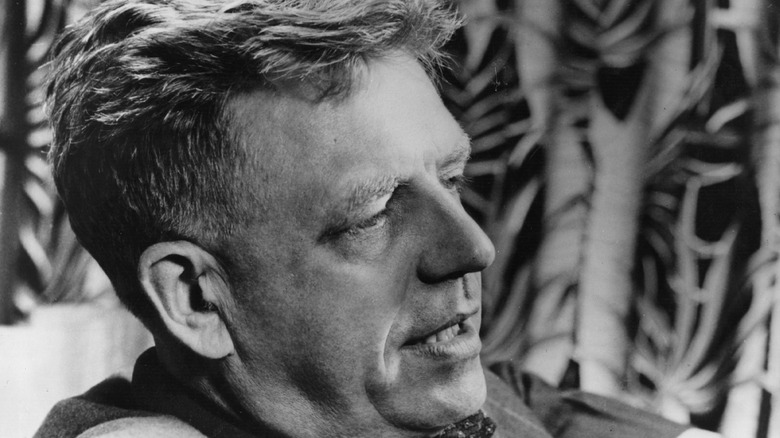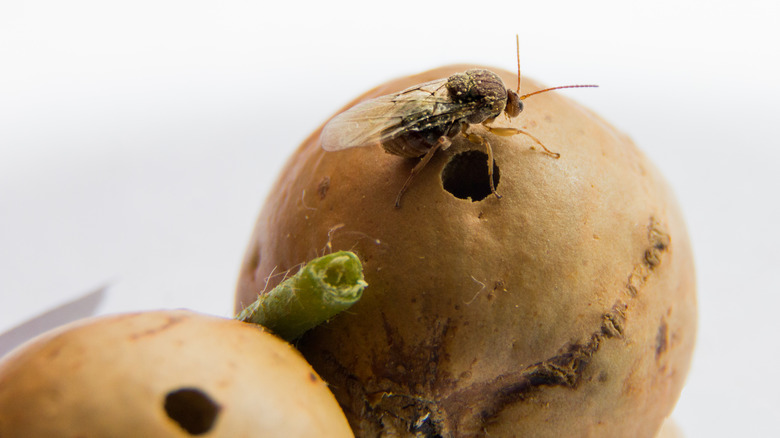The Real Reason Alfred Kinsey Collected Millions Of Wasps
For many, the name Alfred Kinsey is synonymous with the new-wave scientific study into human sexuality that ruffled feathers in the fusty American society of the 1940s and 1950s — his quotes include the memorable, "the only unnatural sex act is that which you cannot perform" (via Brainy Quote) — and for having broken down doors in the way that people talk seriously about the nature of sex ever since.
Kinsey was even the target of an orchestrated "anti-Kinsey movement" that was drummed up in response to the sexologist's publication of a study on human sexuality that quickly became known as the "Kinsey Report," which posited that homosexuality is natural sexual behavior (via The New Yorker). His response to such criticism gave some indication of the scientific rigor that underscored his work: "We are the recorders and reporters of facts — not the judges of the behaviors we describe" (via the Kinsey Institute).
The fact was that Kinsey wasn't simply a salacious figure interested purely in sex; he was also a distinguished scientist in several other fields, including as an entomologist and a botanist, with a long career behind him, according to the American Museum of Natural History (AMNH).
Today, the museum houses one of Kinsey's greatest contributions to natural science: an enormous collection of gall wasps and related material that the scientist collected from sites across America and which still today are used by researchers working in the same field.
Alfred Kinsey's 7.5-million-strong wasp collection
It is almost unthinkable that one person could collect — by hand — seven-and-a-half million of anything without it being the work of a whole lifetime. But the Alfred Kinsey gall wasp collection at the AMNH was reportedly gathered over the course of just a few years. According to the historian Michael Yudell, during which the scientist is estimated to have traveled more than 18,000 miles, traveling through 36 states, coast-to-coast, often camping while he collected his specimens (via Internet Archive).
Gall wasp larvae develop on the leaves and stems of plants and trees in small pods — or 'galls' — which were the objects that Kinsey would have been seeking to send back to his colleagues, who would then wait for the insects to hatch. Galls can come in all shapes and sizes, according to the AMNH, varying from plant to plant.
According to Jim Carpenter, the Curator of Division of Invertebrate Zoology at the AMNH, such enormous collections are vital to the work of scientists who study the species: "The larger [a collection] is, the more likely it is that you'll have more species [and] reflect actual diversity of nature in the world," he explained, per the AMNH. Today, Kinsey's specimens make up a vital part of the museum's insect collection of 18 million. They are regularly loaned out to researchers studying "how [insect] populations react in response to factors like environmental change." The wasps in Kinsey's collection are now considered "ancient," and offer a valuable opportunity for researchers to extract and study "ancient DNA," and thereby correlate the genetic impact of the environment on animal life.

